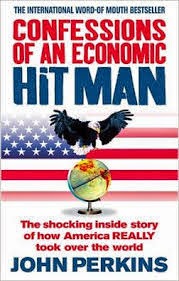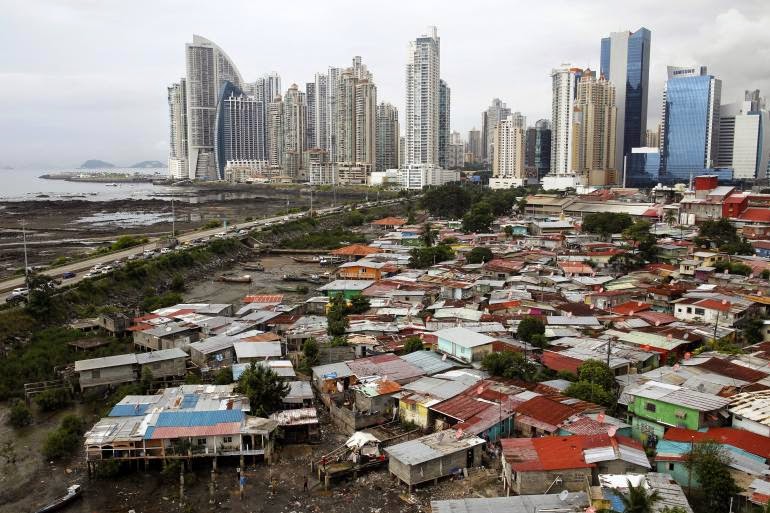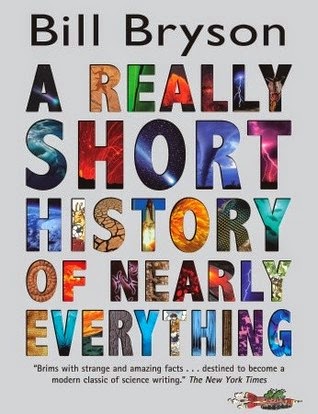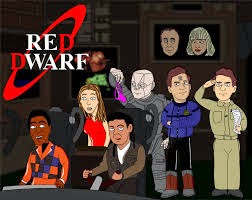A New Book is on its way:
'The League of Disgusting Gentlemen' will be out soon!
My apologies for the lack of new posts
the previous week, but guess what – I’ve been writing again!
The next ‘Beastly Bullies’ Children’s Book is in the process of being
written. It is suitably titled ‘The
League of Disgusting Gentlemen’.
It tells the tale of two horrible rivals who must compete in a disgusting
contest to see who will become the next President of ‘The League of Disgusting Gentlemen’. However, things soon get out of hand as they bribe their
own daughters to get involved in the struggle, as things become increasingly disgusting and even rather dangerous.
I don’t want to give
too much away as it is still a ‘work in progress’, but it will be my lengthiest ever book and I am writing it for 9 to 12 years olds (although younger
advanced readers or young teenagers might also like
it).
So, watch this space –
‘The
League of Disgusting Gentlemen’ will be out in the next month or so! In the
meantime, you can enjoy reading the first release in the ‘Beastly Bullies’
Children’s Story book collection: ‘DoctorGremlin and the Battle of the Brats’, available on Amazon:
The Gap Between Rich and Poor: it's Growing!
This rather disturbed me so I then did some extra research into the gap
between the ‘rich and poor’, I soon discovered that the wealthiest 85 people in
the world have more money than the poorest 3.5 billion(!!!), as the BBC tells us here:
I ask you, is this acceptable? It affects all of us, not least our children! It is most worrying that some
of the richest people in the world don’t seem to care at all about the poorest.
To make things worse, by 2016 apparently
the top 1% of people on Earth (‘top’ meaning financially, not spiritually!) will
own more than the other 99% of humans combined. Inequality is apparently as bad as it’s ever been. You can read more
here:
A couple of good books about how the
rich selfishly keep on getting richer and how the rest of us must struggle to
avoid becoming poorer as a result are:
Hand to Mouth is written by the inspiring Linda
Tirado (whom I have seen speak very eloquently about how someone very poor can
be much more intelligent than somebody who is very rich. We are who we are, not
what we have!).
 |
| A firsthand account of international abuses of power |
Confessions of an Economic Hit Man by
John Perkins – a ‘behind the scenes’ look at how rich countries exploit poor
ones and keep their ‘fat cats’ rich and everyone else without financial
freedom.
***
Well, I hope you’re not too depressed
after reading this sad pause for thought on the state of the world and its ‘haves and have
nots’. But if you are, you could try cheering yourself or your kids up with one of my books – (sorry, I have to suggest it):
 |
| Cheer you or your kids up with a book |
I looked for some good resources for kids on the
topic of the wealth of the world (or lack of it) but, I couldn't find any! If you know of any, please share them with us in the comment box, thanks. In the meantime, I plan to read this book if I can find the time:
 |
| Wealth and Poverty - a description |
Ok, thanks for reading and take good care of yourselves. I hope to be back soon with some Scientific Facts to blow your mind (or at least cheer you up – it’s easier not to worry too much about the world of humans once you know how big the Universe is or how small a photon is!)!











































